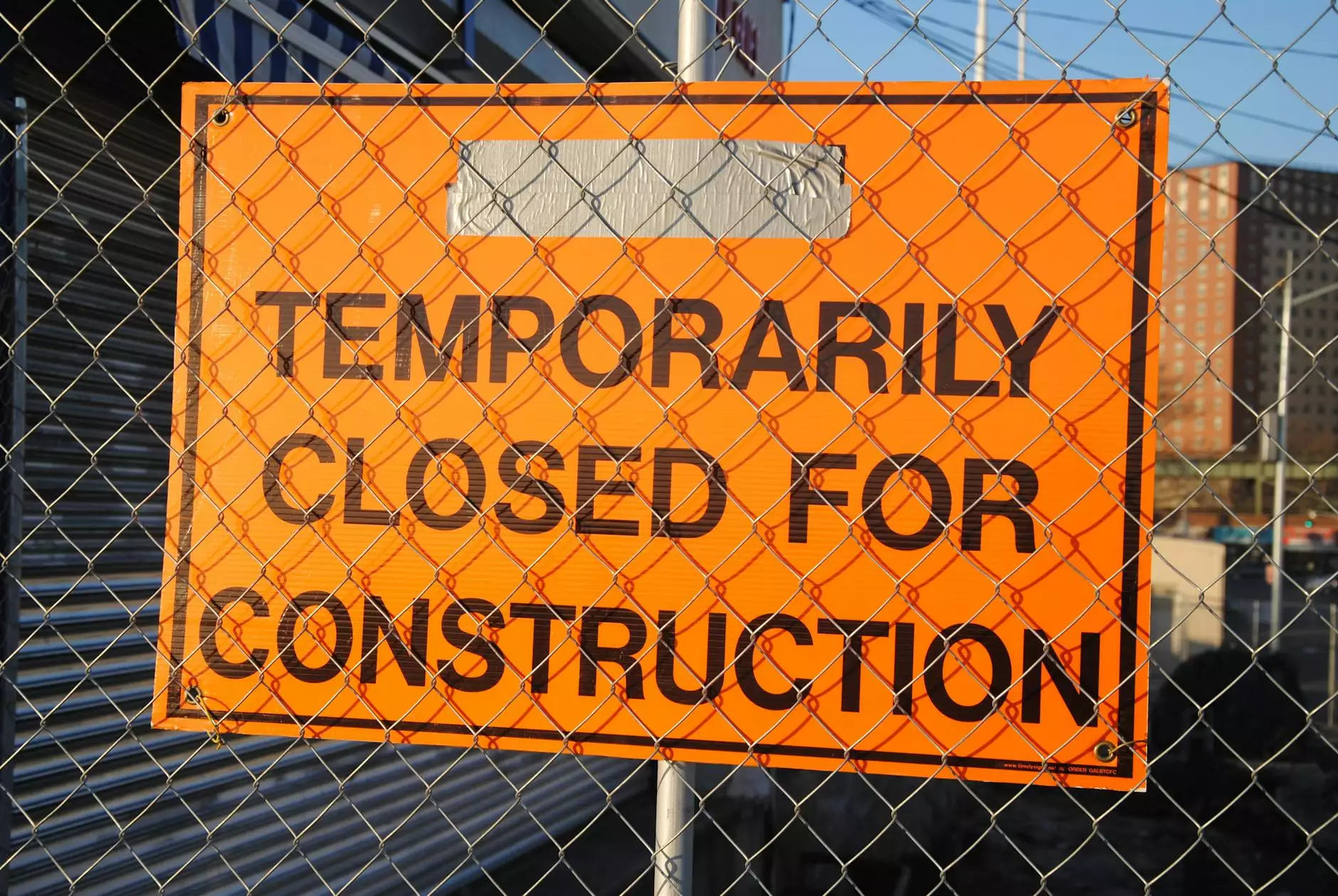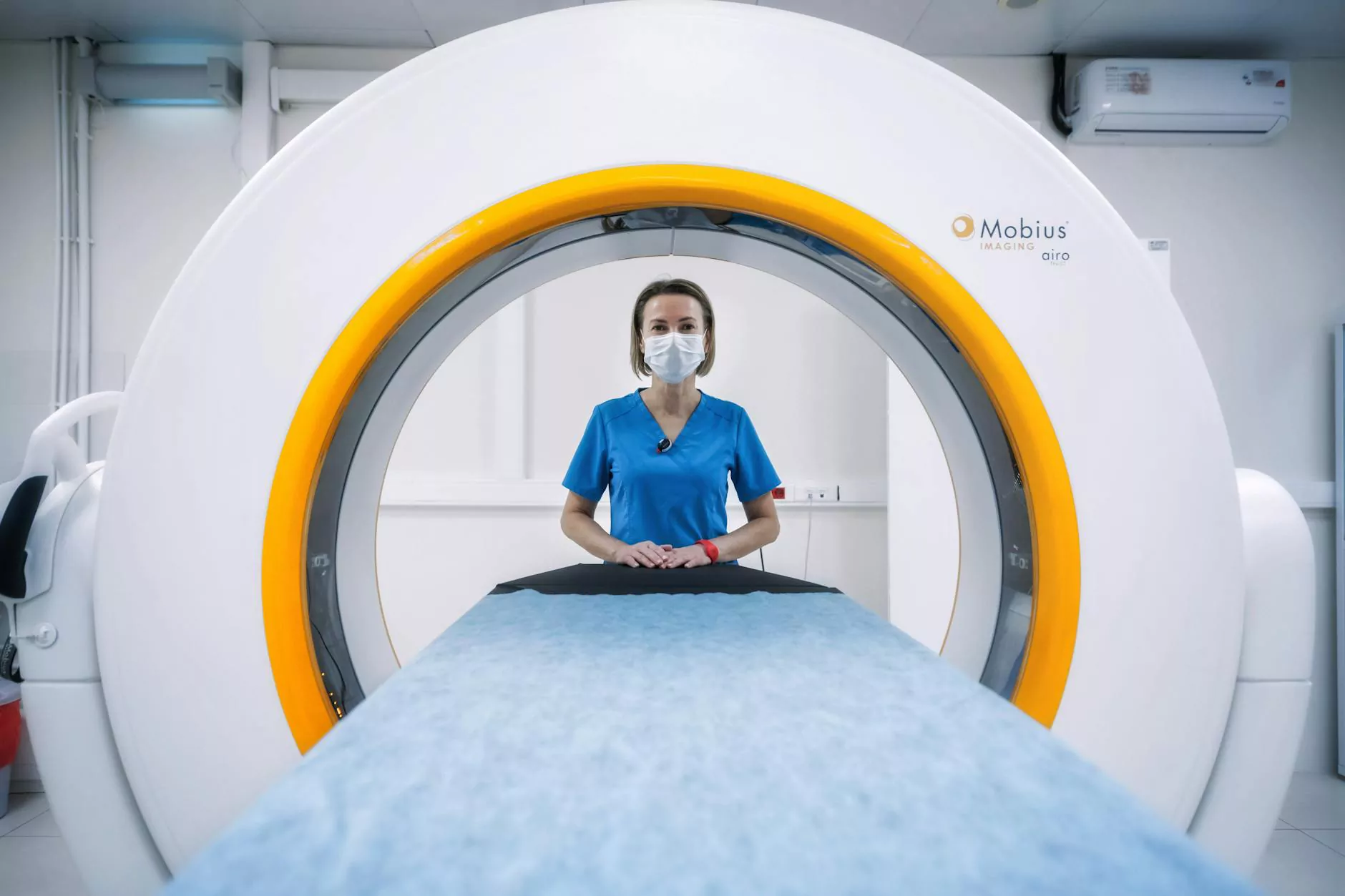Surgical Tooth Extraction Procedure: An In-Depth Guide

Surgical tooth extraction is a dental procedure that involves the removal of a tooth that cannot be removed through a simple extraction technique. Several factors can necessitate this procedure, including impacted teeth, severe decay, or damage due to trauma. This article aims to provide a comprehensive overview of the surgical tooth extraction process, from preparation to recovery, helping you understand what to expect during your dental visit.
Understanding Surgical Tooth Extraction
The surgical extraction of a tooth is typically more complex than a standard extraction. While a simple extraction may only require immediate access to the tooth and its roots, surgical extractions often involve incisions and bone removal. Here are some reasons why a tooth may require surgical extraction:
- Impacted Wisdom Teeth: Wisdom teeth often lack sufficient space to emerge and can become trapped in the jawbone or gums.
- Severe Tooth Decay: If a tooth is extensively decayed beyond repair, extraction may be the best solution.
- Periodontal Disease: Advanced gum disease can lead to tooth loosening, necessitating surgical removal.
- Trauma or Fracture: A tooth that is broken or fractured may require surgical extraction to avoid further complications.
The Preparation Process
Before undergoing a surgical tooth extraction procedure, it’s vital to prepare adequately. Here are the steps involved:
1. Initial Consultation
Your journey begins with a thorough examination by your dentist. This includes:
- Medical History Review: Inform your dentist about any medications, allergies, or medical conditions you have.
- X-rays: Dental X-rays will be taken to assess the positioning of the tooth.
- Discussion of Options: Alternative treatment options may be discussed to determine if extraction is necessary.
2. Pre-Operative Instructions
Your dentist will provide specific instructions, which may include:
- Avoiding Food: Not eating or drinking anything for a specific period before the surgery.
- Arranging Transportation: Planning for someone to drive you home post-procedure if sedation is used.
- Medication Adjustments: Discussion of any medications that should be paused before the procedure.
The Surgical Tooth Extraction Procedure
Understanding the steps involved in the surgical extraction can help ease anxiety. Here’s what to expect during the procedure:
Step 1: Anesthesia Administration
The first step in the surgical tooth extraction procedure is the administration of anesthesia. Depending on the complexity of the extraction, local anesthesia, sedation, or general anesthesia may be used. This ensures that the procedure is as painless as possible.
Step 2: Incision and Bone Removal
If the tooth is impacted or fully encased in bone, your dentist will need to make an incision in the gum tissue. Sometimes, a small amount of bone may also need to be removed to access the tooth properly.
Step 3: Tooth Extraction
Once the tooth is accessible, the dentist will use specialized tools to carefully and gently loosen it from the surrounding tissue and remove it from the socket.
Step 4: Clean the Site
After the tooth is removed, the extraction site is cleaned of any debris or bone fragments, and the area is prepared for closure.
Step 5: Closure
If necessary, sutures may be placed to facilitate healing. These may be dissolvable or require removal in a subsequent visit.
Post-Operative Care and Recovery
Proper post-operative care is crucial for a smooth recovery after a surgical tooth extraction. Here are some essential tips:
1. Manage Pain and Discomfort
It’s normal to experience some discomfort after the procedure. Your dentist will likely prescribe pain medication or recommend over-the-counter options. Be sure to follow dosage instructions closely.
2. Apply Ice Packs
Using ice packs on the outside of your cheek can help reduce swelling and discomfort for the first 24 hours. Apply the ice for 15 minutes on, then 15 minutes off.
3. Maintain Oral Hygiene
Keeping your mouth clean is essential, but be gentle around the extraction site. Your dentist will provide specific instructions on how to care for your mouth. Usually, mouth rinses are recommended after 24 hours.
4. Stick to Soft Foods
In the days following your extraction, opt for soft foods that require minimal chewing, such as:
- Smoothies
- Applesauce
- Mashed potatoes
- Broths and soups
5. Avoid Straws and Smoking
Using straws or smoking can create suction that dislodges the blood clot crucial for healing and may lead to complications such as dry socket.
What to Expect During Recovery
Recovery from a surgical tooth extraction procedure usually takes several days. Here are some common aspects of recovery:
1. Initial Days
In the first three days post-extraction, you may experience swelling, bruising, and discomfort. These symptoms should gradually improve. If they worsen, contact your dentist.
2. Oral Hygiene Practices
After the first 24 hours, you can begin gently rinsing your mouth with a warm saltwater solution to help keep the area clean.
3. Follow-Up Appointment
Most dentists recommend scheduling a follow-up appointment to monitor the healing process and remove any non-dissolvable stitches.
Potential Complications
While surgical extractions are generally safe, it’s essential to be aware of potential complications:
1. Infection
Signs of infection include increased pain, swelling, and the presence of pus. If you notice these symptoms, contact your dentist immediately.
2. Dry Socket
Dry socket occurs when the blood clot is dislodged, exposing the bone and nerves. This can lead to severe pain and requires immediate treatment.
3. Nerve Damage
In rare cases, the extraction may impact nearby nerves, leading to temporary or permanent numbness in the lip or tongue.
Conclusion: Empowering Yourself with Knowledge
Understanding the surgical tooth extraction procedure helps demystify the process and prepares you for what to expect. By following your dentist's advice and aftercare instructions, you can ensure better healing and reduce the risk of complications. Whether it’s for an impacted tooth or severe dental decay, remember that this procedure is a common and effective solution for preserving your overall dental health. At Kensington Dental Studio, we prioritize your comfort and well-being, providing you with the best possible care throughout your dental journey.









